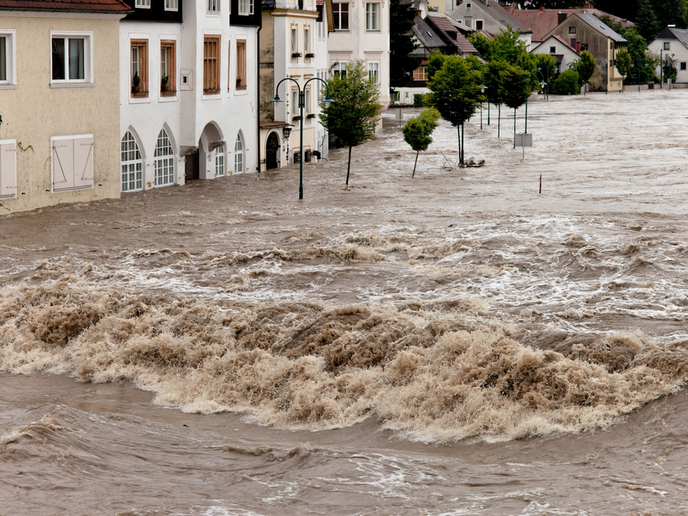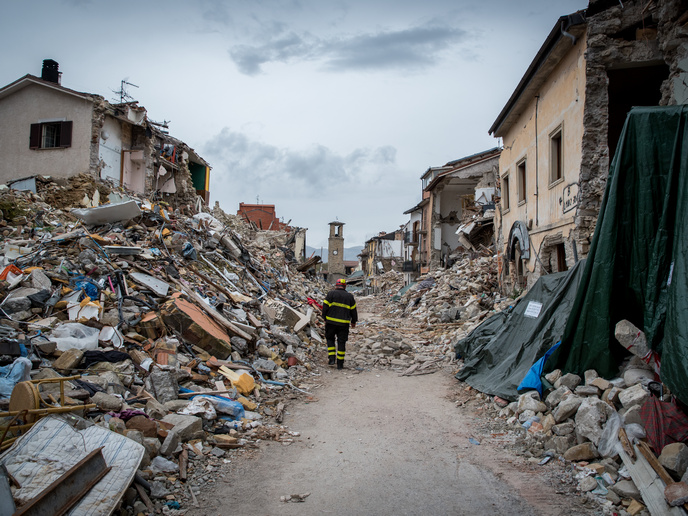Crowdsourcing emergency management services
Over the past 30 years, the number of climate-related disasters around the world has reached an unprecedented level. In the last 10 years alone, extreme weather events have caused 700 000 deaths and resulted in more than EUR 1.5 trillion in losses worldwide. And it’s only getting worse: due to climate change, extreme weather events will increase in frequency and will last even longer. “Greater evaporation will lead to increased water vapour in the atmosphere, producing more intense precipitation that – together with rapid snow melt – increases the likelihood of floods,” says Fabrizio Dominici, project coordinator of I-REACT (Improving Resilience to Emergencies through Advanced Cyber Technologies). “Higher temperatures will also increase the frequency of wildfires, as well as other disasters.” According to Dominici, currently available risk management systems have limited effectiveness when applied to large-scale climate-related disasters. “Despite technological progress and the availability of large amounts of data, no platform provides real-time integration and analysis of all the available data that can be used to improve the prediction and management of disasters,” he says. The I-REACT project is the first European-wide platform that integrates a range of data (i.e. Copernicus Earth observation, weather and climate services) coming from multiple sources, including information provided by citizens through social media and crowdsourcing. This multi-pronged approach means critical information can be produced faster. It also allows citizen involvement to be used by civil protection services and policy-makers to effectively prevent and/or react against disasters. Increased awareness and citizen engagement I-REACT aims to improve society’s resilience to natural hazards by using novel, socio-technical approaches and cyber technologies. The system allows responders to integrate their existing systems with functionalities based on the analysis of large sets of European data and services. For example, with I-REACT, it is possible to create a European-wide risks computation, with high geographical resolution, that takes into account critical infrastructures, land-cover, natural hazards, weather forecasting and user-generated content from social media. “I-REACT integrates existing emergency management systems and multiple data sources, including Earth observation, social media, augmented reality, wearables and drones,” explains Dominici. “As a result, it provides the increased awareness and citizen engagement that is so critical to being able to deal more effectively with crises arising before, during and after emergency events.” The project also developed a mobile application (available on Google Play) that empowers citizens to report on natural events and hazards and to carry out an initial check of community reports. To engage more people with the system, the application features several fun quizzes and a rewards programme. The application is also a powerful tool for alerting citizens of possible risks and providing them with emergency information. Market-ready Although still a work-in-progress, the project has already achieved a number of important results. “In about two years, we have designed, implemented and delivered a very innovative and operational Emergency Management System that can be effectively exploited and marketed soon after the end of the project,” adds Dominici.
Keywords
I-REACT, climate change, emergency management services, crowdsourcing







